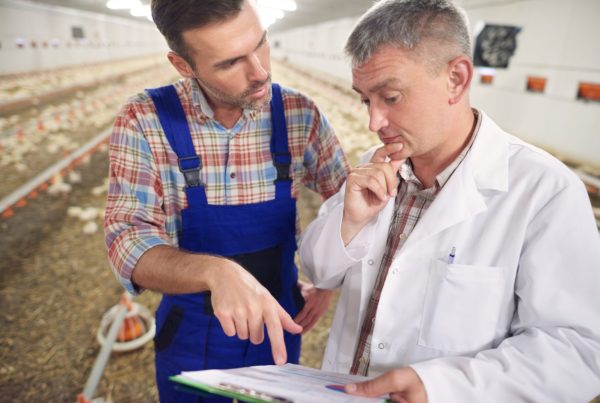
Food on the Homestead
A huge part of homesteading is the production of your own food. There is a real primal sense of accomplishment to produce the food you eat, not to mention the fact that it is going to be healthier and tastier than anything you’ll get at the store. Oh, and it costs less too. With a spread of land at your fingertips, you have several choices on how to get started in your own food production.
Gardening
This is usually the first type of food people get into when they get out on their homestead. Anyone can grow a little food, no matter how much space you have and keeping plants is a lot less intimidating than keeping animals when you are still new to all this.
Vegetables tend to be the first thing people start with since most commonly-grown garden veggies are annuals that will give you a harvest in just one season. All you need to get going is a pack of seeds and some freshly turned soil. Just plan on taking care of your garden through the summer with regular watering and pest protection to maintain food production.
After vegetables, you might want to consider planting some fruit. Other than strawberries, most fruits are perennial and should be planted in a pretty permanent spot because you’ll be tending them and harvesting from them for years to come. Grapes, raspberries and blueberries are great fruits that will produce for a long time after planting. You can get more variety with the addition of fruit trees. Pears, peaches, apples and cherries will grow in many climates and will give you fruit for decades.
Gardening can produce literally tons of fresh food for your family, though it can be a seasonal affair and has a tendency to produce everything at one time of the year. Harvest time is busy but the end result of fresh, wholesome food is worth the time and effort.
Livestock
Keeping animals can be a lot more fun than gardening if you happen to like animals. Watching chickens peck around after bugs, or seeing lambs bounding around a pasture has a lot of appeal to it just for the enjoyment of it. You will need more space to keep animals, though even a small backyard could house a few chickens. But otherwise, you’ll need a few acres to work with.
For those who don’t like the idea of having to slaughter animals for food, you can always stick to having a few animals for milking instead. Cows, goats and even sheep can be kept for milking. You do need to keep your animals pregnant on a regular basis in order to get milk though. With a continual source of milk, you can make your own butter, cheese and ice cream too.
If you are going to raise animals for meat, that doesn’t mean you have to tackle the slaughtering and butchering chores yourself. City folks are often surprised at how many small slaughterhouses (or abattoirs) operate in rural communities. You can drop off your animals, and come back later for a load of cut and wrapped meat. It will obviously cost more than if you did it yourself, but you are saving yourself a lot of work and it’s still much cheaper than store-bought meat this way.
Hunting, Fishing and Foraging
Getting food from your land doesn’t have to mean planting or raising it yourself. Hunting and fishing can provide you with ample food, though it will require the right location and a little more specialized skill. In the right seasons, you can hunt for deer, wild turkey, rabbit, duck, or even larger animals like moose. Many wild animals make excellent eating. Fishing is easier as long as you have a decent body of water nearby.
Just make sure you have the right licenses or permits if you plan on fishing or hunting, especially if you’re not staying on your own land to do so.
With a little practice (and a good field guide), you can collect bushels of additional free food from the land that grows wild. Berries and fruit are often plentiful, and many leafy greens are just as tasty as anything you can buy at the supermarket. Do your research on edible plants and the poisonous ones to avoid, and keep a pocket guide for easy reference when in doubt. Don’t overlook these wild options for food on the homestead.
Continue Tutorial Below

Read More

Read More

Read More

Read More

Read More

Read More

Read More

Read More

Read More

Read More

Read More

